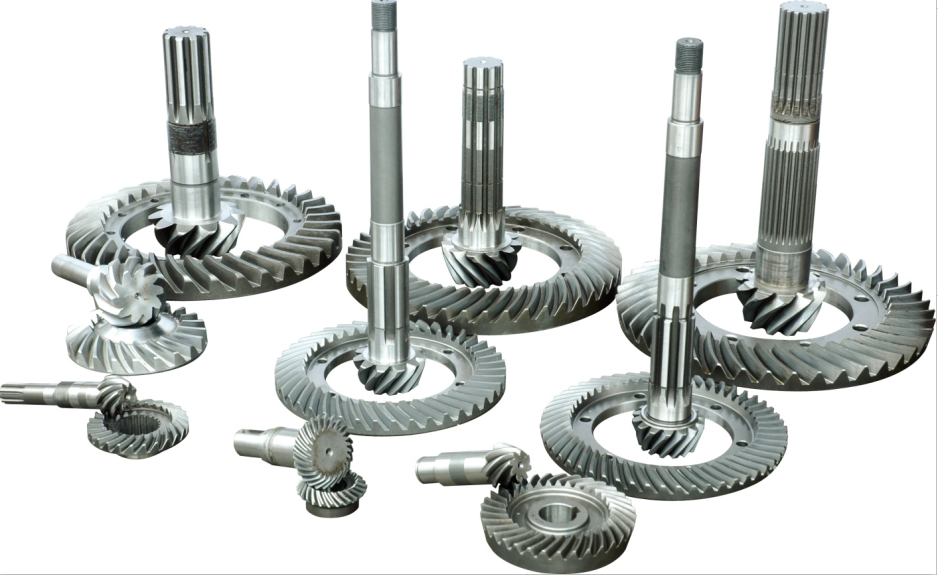Worm gears play a crucial role in driving precision and enabling smooth operation in various gear systems. Let’s explore how worm gears contribute to precision and smoothness:

- High gear reduction ratio: Worm gears are known for their ability to provide high gear reduction ratios. This enables precise control over rotational speed and torque transmission. The high gear reduction ratio allows for fine adjustments and accurate positioning in applications where precision is critical.
- Self-locking capability: One of the unique features of worm gears is their self-locking characteristic. Due to the helical angle of the worm, the gear system exhibits a high self-locking effect, which means it resists back-driving and holds the load securely in position without additional braking mechanisms. This self-locking capability is advantageous in applications where stability and precise positioning are required.
- Smooth and quiet operation: Worm gears operate with a sliding action between the worm and the worm wheel. This sliding action results in smooth and quiet operation, as opposed to the more common rolling contact found in other gear systems. The sliding action minimizes noise generation and vibration, contributing to smoother operation and reduced noise levels in gear systems.
- Backlash reduction: Backlash, which is the play or clearance between mating gear teeth, can affect the precision and accuracy of a gear system. Worm gears inherently have low backlash due to the meshing action between the worm and the worm wheel. The engagement between the worm and worm wheel is continuous, resulting in minimal or no backlash. This characteristic is beneficial in applications that require precise motion control and minimal error or backlash.
- Ease of motion reversal: Worm gears allow for smooth and controlled motion reversal. The direction of rotation can be easily reversed by changing the input direction of the worm. This feature is useful in applications where frequent changes in rotational direction are required, as it allows for smooth and precise bidirectional operation.
- Compact design: Worm gears have a compact design, making them suitable for applications with space constraints. The worm and worm wheel are typically arranged in a perpendicular configuration, allowing for efficient power transmission in a relatively small footprint. The compact design of worm gears makes them suitable for various applications, including machinery and equipment where space optimization is essential.
It is important to note that while worm gears offer advantages in precision and smooth operation, they also have certain limitations, such as lower efficiency and limited speed capabilities. Careful consideration of the application requirements, load conditions, and design factors is necessary to ensure that worm gears are selected and designed appropriately to achieve the desired precision and smoothness in gear systems.
